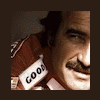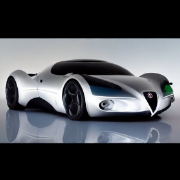FCA - Product Plan (Notizie - Riassunto a pag. 1)
-
Contenuti simili
-
Il futuro dei siti produttivi Stellantis 1 2 3 4 840
Pubblicato da The Summarizer,
- stabilimenti
- psa
- (e 1 altro in più)
- 8394 risposte
- 1276118 visite
-
Fiat -> FCA -> Stellantis - Filosofia su una holding multinazionale 1 2 3 4 139
Pubblicato da espresso,
- 1381 risposte
- 128002 visite
-
Scelte strategiche gruppo Stellantis NV 1 2 3 4 1140
Pubblicato da 4200blu,
- newco
- stellantis
- (e 2 altri in più)
- 11397 risposte
- 1890439 visite
-
-
-



.thumb.jpg.902d2a4f20a129e92b6f6920407b81bd.jpg)


















Messaggi Raccomandati: